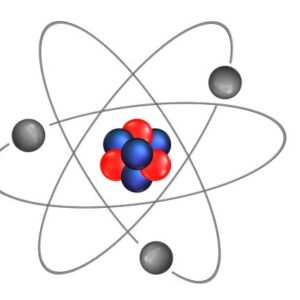
The field of physics known as biophysics uses physics’ concepts and techniques to comprehend biological systems and events. It is a multidisciplinary field that studies the physical and chemical principles underpinning biological processes by fusing the concepts and methods of physics with those of biology, chemistry and computer science.
The study of the physical and chemical characteristics of biomolecules such as proteins, nucleic acids and lipids and how they interact to perform biological tasks is one of the key topics of research in biophysics. This includes figuring out the structures of proteins and comprehending how they interact with one another using methods like X-ray crystallography and Nuclear Magnetic Resonance (NMR) spectroscopy.
The study of cells’ physical characteristics and activity include as their mechanical properties, transport mechanisms and reactions to outside stimuli is a significant topic of biophysics. In order to research the structure and function of cells and comprehend how they carry out crucial functions like development, reproduction and reaction to environmental changes this entails using tools like microscopy, microfabrication and computer modelling.
The study of biological systems’ macroscopic characteristics and behaviour such as the mechanics of tissues and organs and the physical theories guiding sensory systems is commonly referred to as biophysics.
Numerous real-world applications of biophysics can be found in industries like biotechnology, medicine and bioenergy. For instance, biophysicists use microfabrication techniques to develop novel medical devices and design new medicines and therapies based on their knowledge of the physical characteristics of biomolecules. In order to increase crop yields and sustainability, the study of the physical principles underpinning photosynthesis and the creation of novel biotechnology products like biofuels both require biophysics.
The study of the physical characteristics and behaviour of biomaterials, such as proteins, polysaccharides and lipids and how they might be employed for various applications is another significant area of biophysics. Rheology and microscopy are two methods that biophysicists employ to analyse the mechanical characteristics of biomaterials and how they react to diverse environmental factors.
The study of the physical theories that underlie brain activity and the nervous system is a part of biophysics. To comprehend the electrical and chemical signalling in neurons and brain networks this includes the use of tools like electrophysiology, imaging and modelling.
The discipline of bioinformatics which applies computational techniques and statistical analysis to comprehend the structure, functionality and evolution of biological systems, also involves the application of biophysics. Bioinformatics is a tool that biophysicists use to analyse massive genomic and proteomic data sets and create computational models of biological systems.
The investigation of the physical concepts that guide the evolution of living things is a significant topic of biophysics. This encompasses the application of mathematical and computational techniques to comprehend the origin of species, the evolution of complex systems like the brain and the evolution of genetic variety.
Quantum biology which is the study of quantum mechanical events in biological systems, also makes use of biophysics. This covers the investigation of quantum phenomena like quantum entanglement, quantum teleportation and quantum coherence in biological systems like photosynthesis, bird navigation and the sense of smell.
To comprehend biological systems and events, the field of biophysics applies the theories and techniques of physics. It has a wide range of practical applications and is crucial to the advancement of new technologies as well as medical treatments. It also helps us better comprehend the physical and chemical principles that underlie biological processes.









